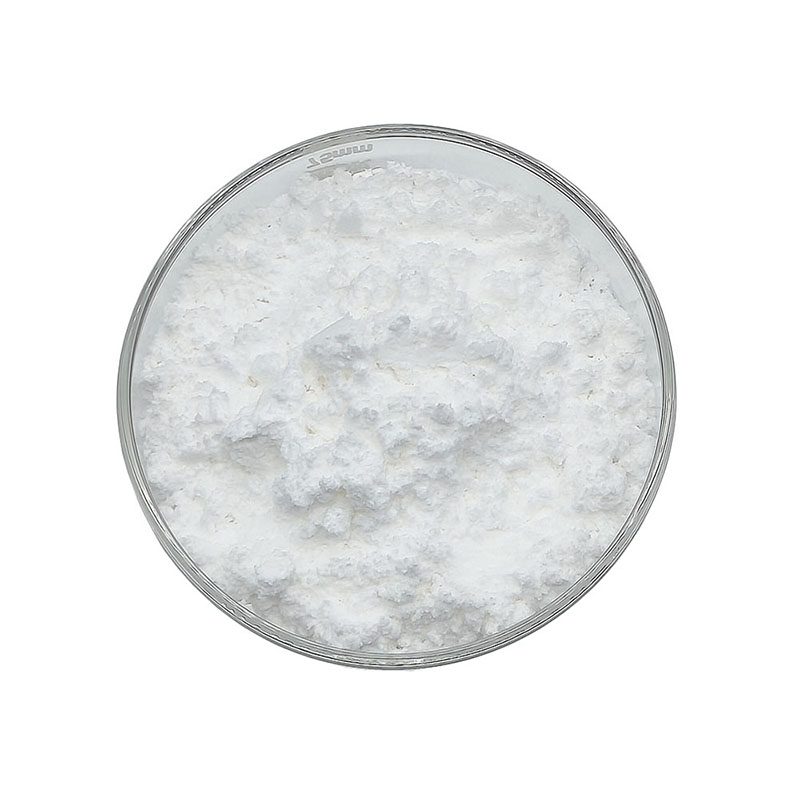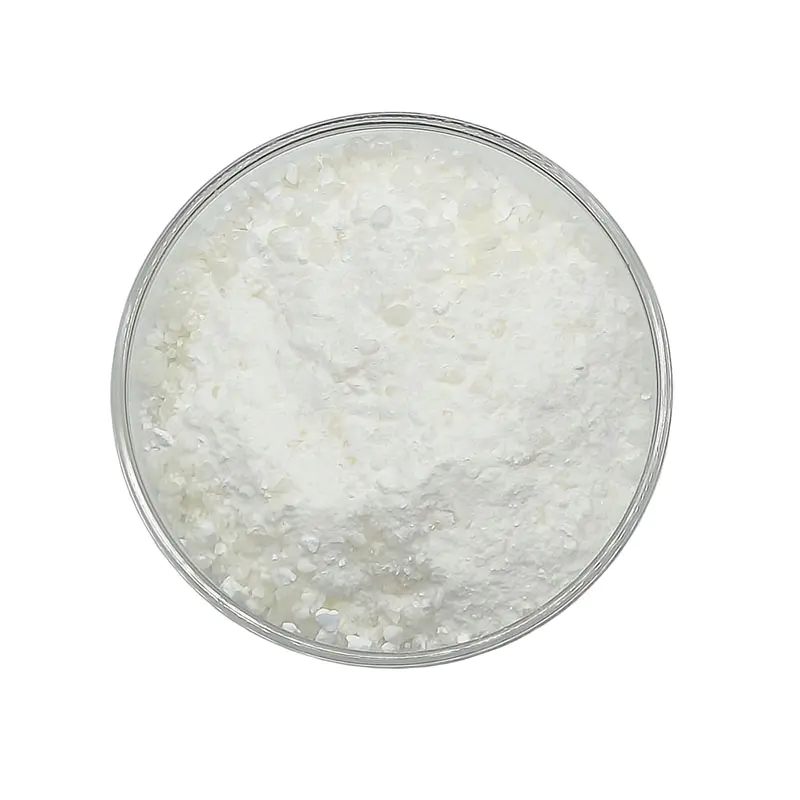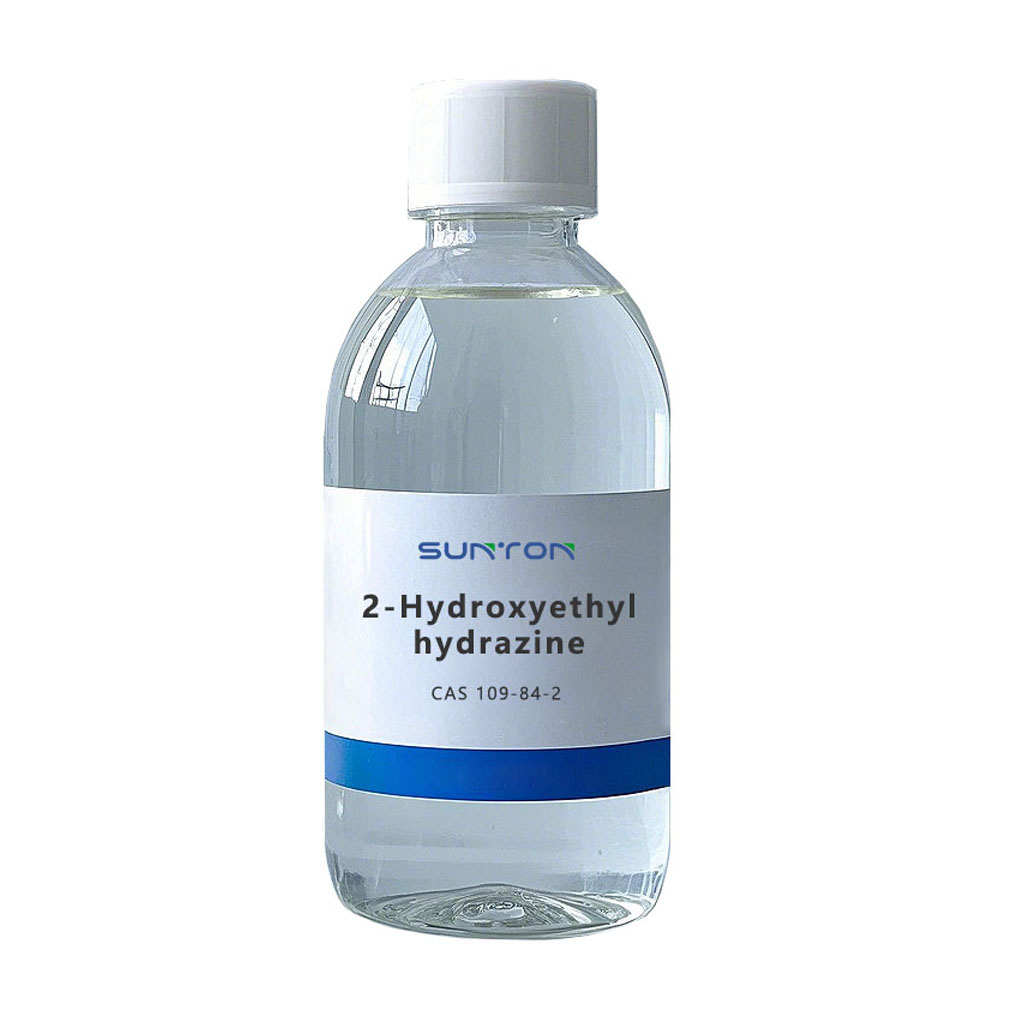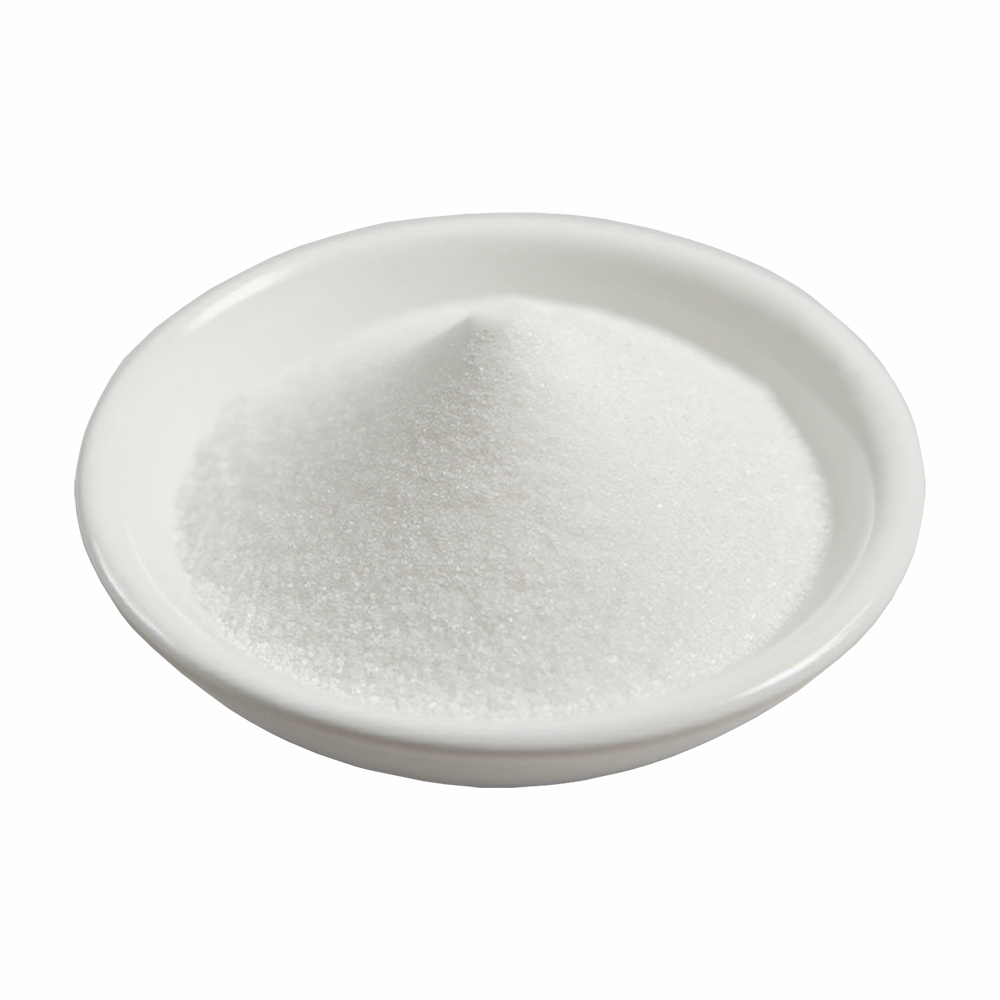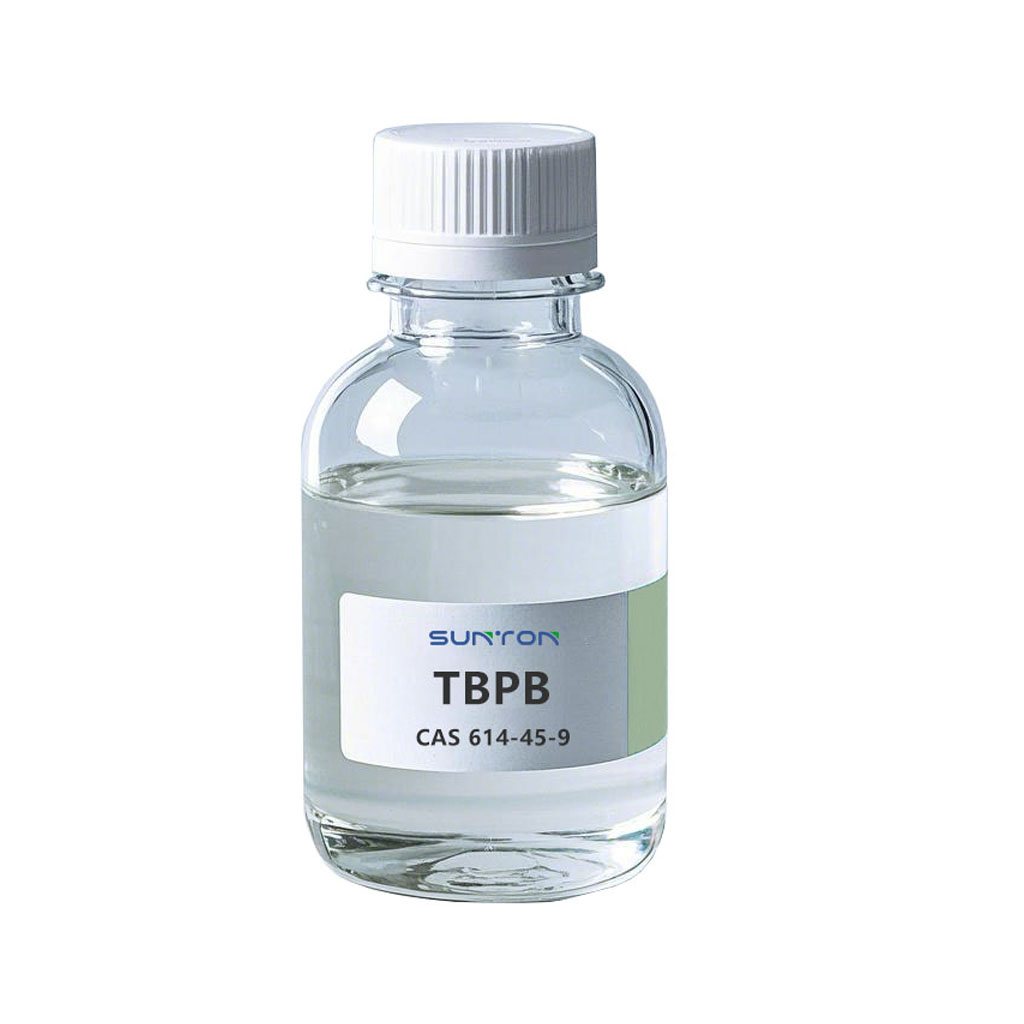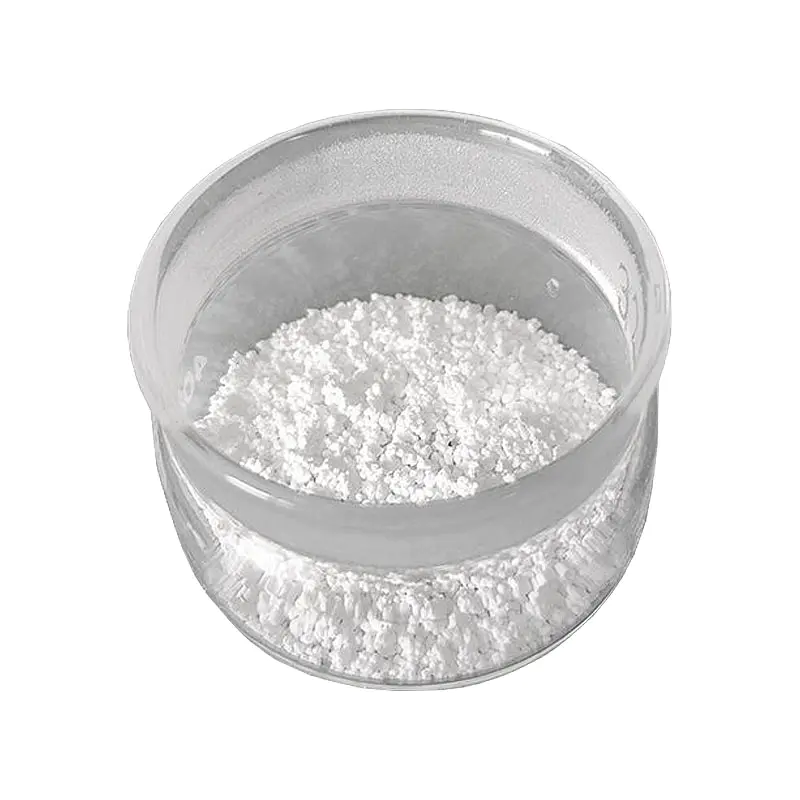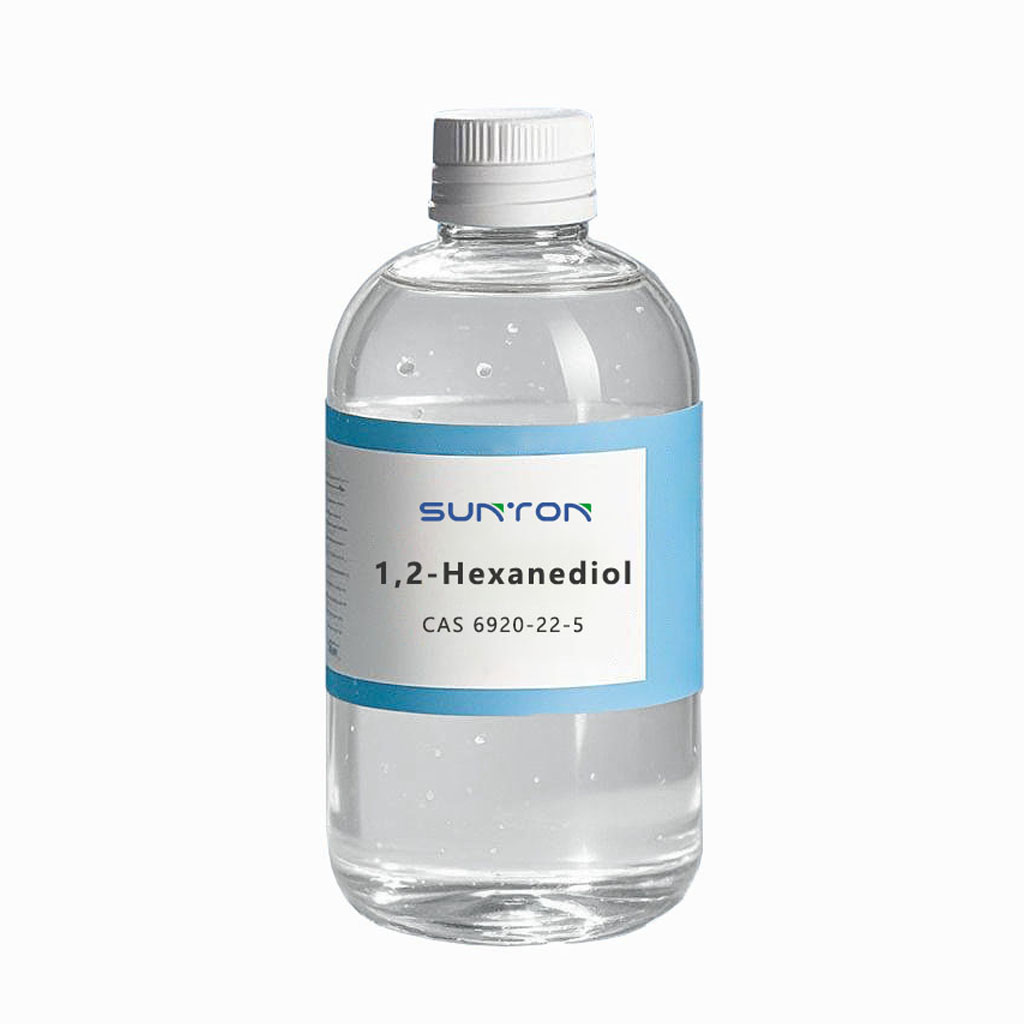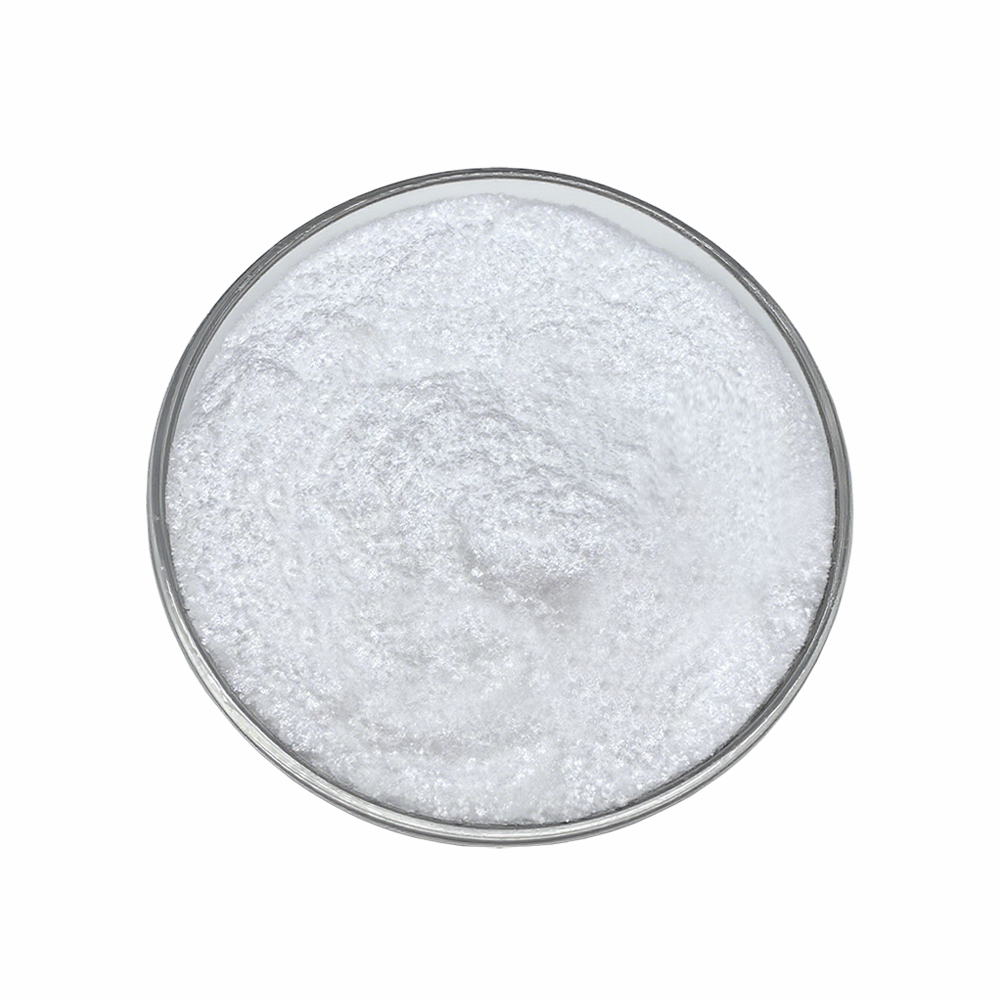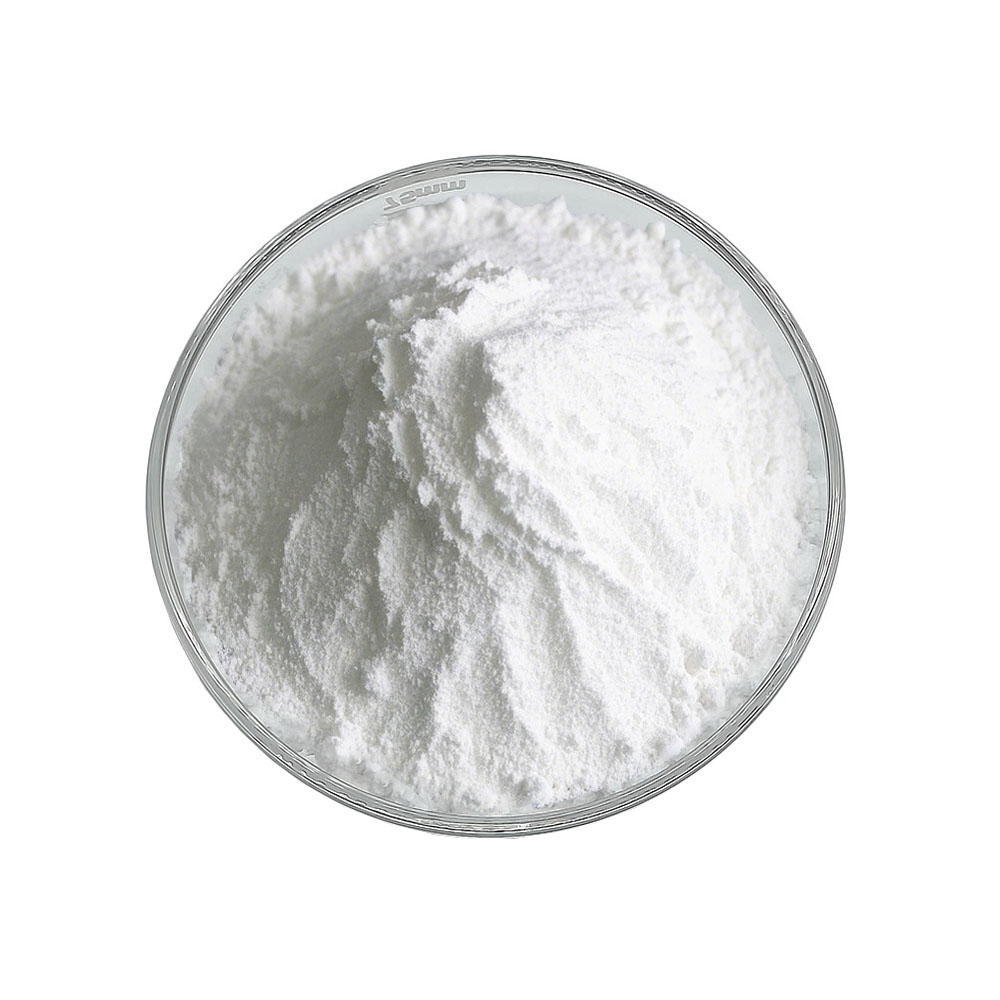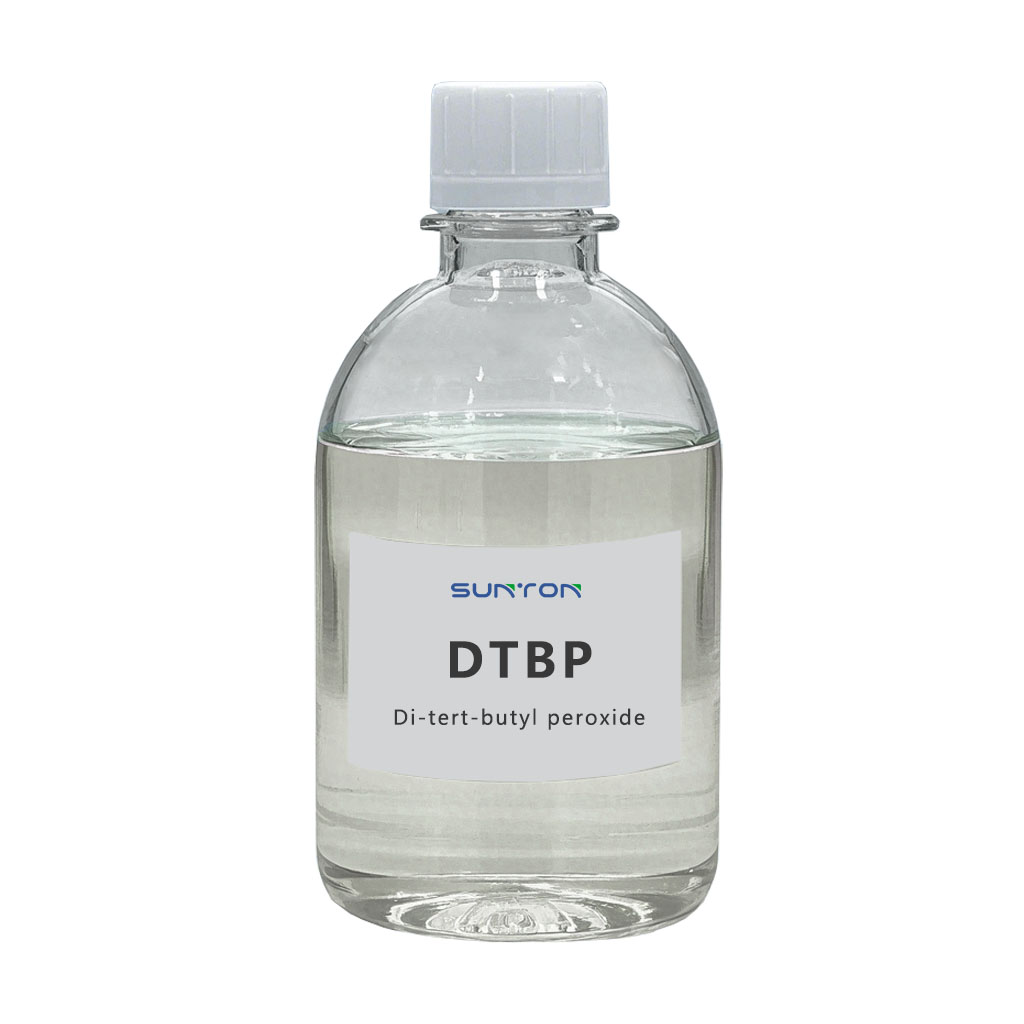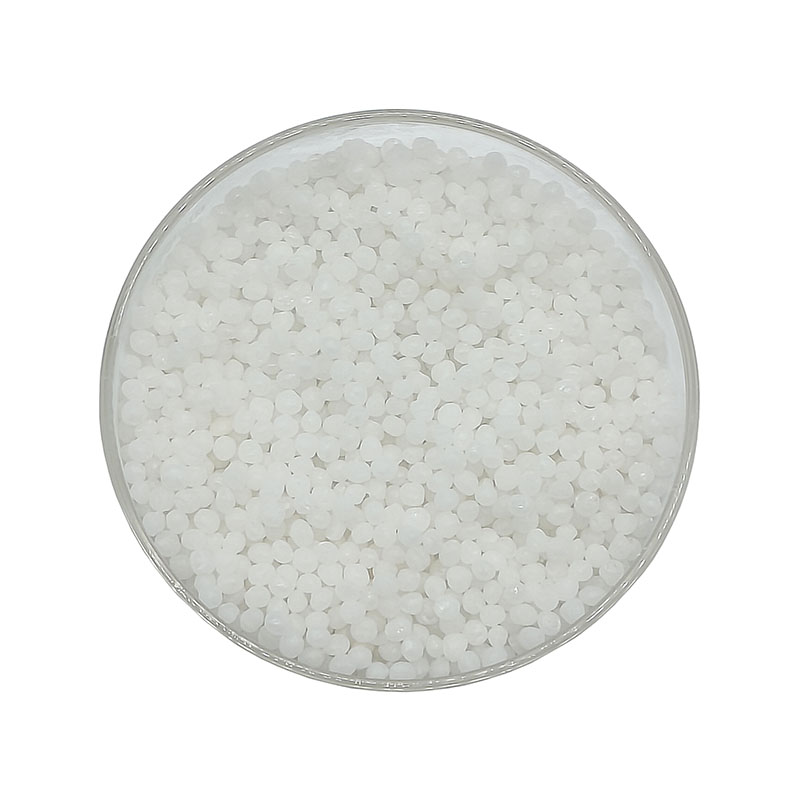Search By Posts
Product Category
Industry News
 By Admin
By Admin
What Is Organic Peroxides Series?
Understanding Organic Peroxides: The Reactive Engines of the Polymer World
Organic peroxides represent a critical class of chemical compounds characterized by the presence of a relatively weak oxygen-oxygen single bond (-O-O-) within their molecular structure. This specific functional group is the source of their high reactivity and inherent instability, which, while necessitating careful handling, is precisely the property that makes them so valuable in industrial chemistry. Unlike their inorganic counterparts like hydrogen peroxide, organic peroxides feature carbon-based frameworks attached to the peroxide group, which allows for a wide variation in their thermal stability and decomposition behavior. The fundamental principle behind their utility lies in their ability to decompose predictably under heat, generating highly reactive free radical species. It is these free radicals that initiate and propagate a multitude of chemical reactions, most notably chain-growth polymerization, thereby serving as the foundational spark for creating a vast array of synthetic materials.
Key Organic Peroxide Varieties and Their Specific Applications
The effectiveness of an organic peroxide is largely determined by its chemical structure, which dictates its decomposition temperature and the nature of the radicals it produces. Di-tert-butyl peroxide (DTBP), for instance, is known for its high one-hour half-life temperature, making it exceptionally suitable for high-temperature polymerization processes such as the manufacture of polyethylene and styrenic polymers. Its stability at lower temperatures allows for safer storage and handling before use. In contrast, Dibenzoyl Peroxide (BPO) decomposes at moderate temperatures and is one of the most widely used initiators for the curing of unsaturated polyester resins, commonly found in fiberglass composites and acrylic resins. Tert-Butyl peroxybenzoate (TBPB) occupies a middle ground, offering a balance between processing speed and safety. It is frequently employed as a crosslinking agent for elastomers and polyethylene, and as a curing agent for resins, where a specific, controlled decomposition profile is required to optimize product properties and manufacturing efficiency.
The Multifunctional Roles of Organic Peroxides in Industrial Polymerization
The primary and most significant application of organic peroxides is as initiators in polymerization reactions. In the production of common plastics like polyvinyl chloride (PVC) and low-density polyethylene (LDPE), they decompose to form free radicals that attack monomer double bonds, starting a chain reaction that links thousands of monomers into long polymer chains. Beyond initiation, these compounds are indispensable as crosslinking agents. When used with polymers like polyethylene or silicone rubbers, the radicals generated from peroxides abstract hydrogen atoms from polymer chains, creating sites for inter-chain bonds or crosslinks. This process dramatically enhances the material's thermal resistance, mechanical strength, and chemical stability, transforming a thermoplastic into a thermoset material. Furthermore, in the synthesis of various synthetic rubbers, including ethylene propylene diene monomer (EPDM) rubber, organic peroxides act as efficient catalysts, ensuring a controlled and complete vulcanization process that imparts essential elastic properties to the final product.
Critical Engineering Considerations for Selecting the Right Organic Peroxide
Selecting an appropriate organic peroxide is a complex engineering decision that directly impacts the safety, efficiency, and quality of the manufacturing process. The most crucial parameter is the decomposition temperature, often defined by its half-life, which must be carefully matched to the processing conditions of the intended application. A peroxide with a half-life that is too short for a given temperature might decompose prematurely, leading to inefficient initiation or potential safety hazards, while one with too long a half-life may not activate fully, resulting in incomplete conversion. Another vital consideration is the influence on the final polymer's architecture. The choice of peroxide can control the molecular weight and its distribution, which in turn affects the tensile strength, melt flow index, and overall durability of the plastic or rubber. Finally, factors such as the peroxide's physical form (liquid, powder, or paste), its compatibility with other system components, and its handling and storage requirements under regulatory frameworks must all be thoroughly evaluated to ensure a safe and scalable industrial operation.
The Future Outlook of Organic Peroxides in Advanced Material Development
The future of organic peroxides is intrinsically linked to the advancement of polymer science and the demand for smarter, more sustainable materials. As the industry moves towards specialized polymers with enhanced properties—such as higher heat resistance, improved clarity, or greater recyclability—the role of tailored organic peroxide initiators becomes even more critical. Research is continuously focused on developing novel peroxide formulations that offer greater efficiency, allowing for lower usage levels and reduced energy consumption during processing. There is also a growing emphasis on peroxides that contribute to more environmentally benign manufacturing processes, including those used in the production of bio-based plastics and composites. The ability of these compounds to enable precise control over polymer microstructure ensures that they will remain at the forefront of innovation, facilitating the creation of next-generation materials for applications in automotive, aerospace, electronics, and medical devices.


 English
English 中文简体
中文简体
